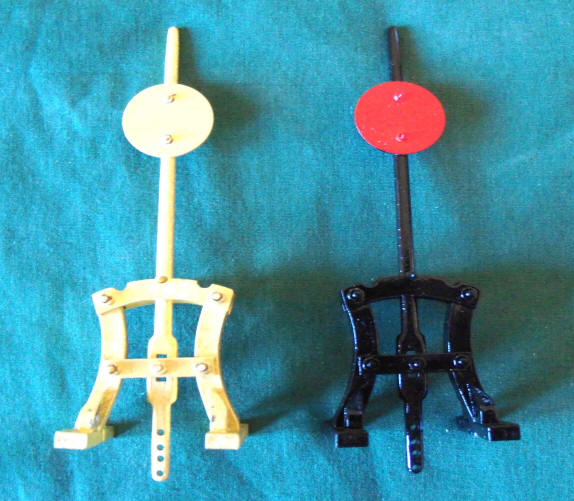DISCLAIMER: The following advice comes from someone who has only ever built one switch just to prove I could.
The simplest form of switch that was common in the early days of railroading and I’m guessing was probably very common on logging lines was the Stub Switch. It is simpler to build because there are no points to grind. The only part that is not regular rail is the frog, Here is a close-up of the business end of a Stub Switch:
(http://photo.cvsry.com/StubStop2.jpg)
(http://photo.cvsry.com/StubStop1.jpg)
You can make your own frogs by grinding rail and soldering, but several manufacturers sell them. If I was going to build more than one or two I would buy pre-made frogs. Bart casts his own frogs from resin.
I can’t find the bookmark for the page of instructions I used to make the frog. I’ll keep looking; if I find it I’ll post it.
And here is a template for building Stub Switches: http://www.prototrains.com/stub/stub.html

 If you’re going with a regular switch, then get the points to.
If you’re going with a regular switch, then get the points to.